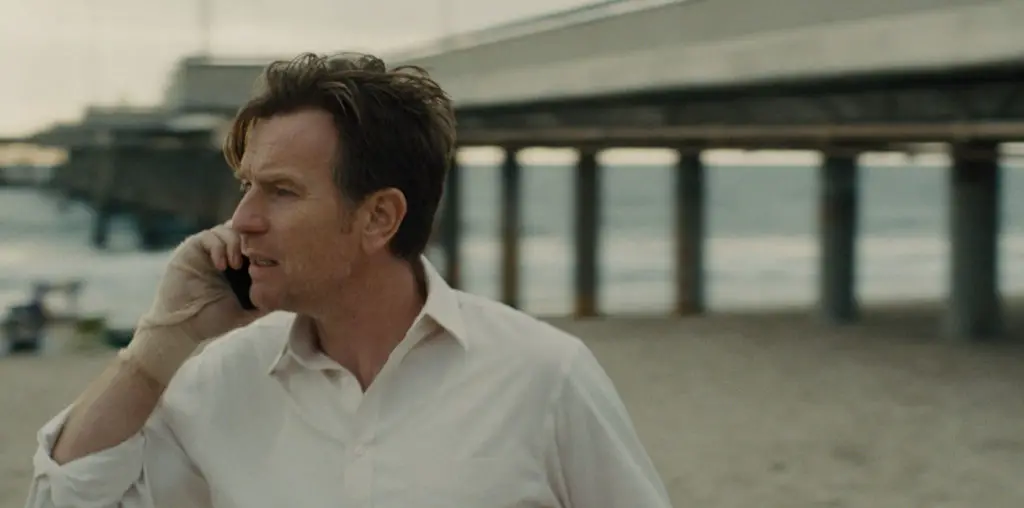
Once upon a time, way back in the 60s, millions of Americans actually gathered around the family television each week to watch a program starring…a dolphin. That, of course, was before the current laws mandating creators of TV to limit production to CSI-style forensic crime dramas and talent competitions.
“Flipper” was so popular, in fact, it spawned the multibillion dollar seaquariam industry. Today there are hundreds, perhaps thousands of places like Sea World in every part of the planet and they all can be traced back to the work of one man – Ric O’Barry. In his twenties O’Barry captured and trained the five dolphins who collectively played the “King of the Sea.”
This is the central irony of “The Cove.” During the years he spent working on the show, the trainer came to understand what intelligent, sensitive, highly social beings these mammals are and what torture it is for them to live in confinement. The truth was driven home to him the day his favorite of the five “committed suicide” in his arms. Tears in is eyes, he explains that members of this species are voluntary breathers – every breath is a conscious decision – and recounts the day his star performer, Kathy, swam into his arms, looked him in the eye, and refused to take another breath.
“I was as ignorant as I could be for as long as I could be,” he laments. “I spent 10 years building that industry up and the last 35 trying to tear it down.” For nearly four decades now, O’Barry has been the world’s most tireless crusader on behalf of dolphins and in opposition to the seaquarium industry. “The Cove” finds him in Japan quite literally on a mission to bring the global enterprise to an end by exposing the corruption and cruelty that are its hallmarks behind the scenes.
His target is the small fishing town of Taiji. There are two Taijis, we soon learn: There’s the tourist attracting village with fanciful dolphin murals covering its buildings, ubiquitous statues of beaming, leaping dolphins and Disney-like tour vehicles which look like happy cartoon dolphins on wheels. All this, we quickly come to understand, is the surreal cover for what O’Barry aptly describes as “a dolphin’s worst nightmare.”
It’s no secret that fishermen regularly herd hundreds of the creatures at a time toward the shore. The public watches the spectacle with pleasure as trainers who’ve flown in from seaquariums all over the world take their pick, paying $150,000 or more per animal. The closely guarded secret is what happens to the dolphins who aren’t selected. They’re coaxed around a bend in the shoreline leading to a tranquil lagoon shielded from view by high wooded cliffs, closed off with threatening signs and razor-wire fencing (despite the fact it’s part of a national park) and policed by security patrols and guard dogs. O’Barry is well aware of what happens there. His goal is to show the world.
And he’s not about to take “no entry” for an answer. Instead, he does something remarkable and, as far as I know, without precedent in the history of documentary filmmaking. He teams up with Louie Psihoyos, a veteran National Geographic photographer and cofounder of the Oceanic Preservation Society (Psihoyos also directs the film, his first) and with him recruits a sort of special ops unit of marine specialists, filmmakers, high tech experts and world class free divers. First, designers at George Lucas’ Industrial Light and Magic are commissioned to build imitation rocks with video cameras hidden inside them and then members of O’Barry’s outfit – dressed in camouflage and utilizing heat-detecting and night vision equipment – risk arrest or worse, infiltrating the restricted area under the cover of night, placing the fake rocks among real ones and stringing microphones high overhead in trees while divers planted them on the lagoon floor. O’Barry’s plan: to document the horror that turns the ocean crimson in this place a hundred times a year. The result is as stomach-turning as it is heartbreaking.
“The Cove” is at once an astonishing feat of advocacy filmmaking and a white knuckle eco-thriller; think Michael Moore meets Michael Mann. There’s even a subplot guaranteed to make your blood boil. It involves unethical actions taken by the Japanese government to prevent protective measures from being adopted by the toothless, craven International Whaling Commission. And, just when you think the country’s bureaucrats couldn’t be more dastardly, O’Barry hits you with the political one-two punch that his investigations have uncovered.
Where does the meat – containing toxic levels of mercury – from all those slaughtered dolphins end up? In grocery stores and restaurants around the globe deliberately mislabeled as whale. And in the school lunch programs of unsuspecting Japanese children. By the time closing credits roll, one easily can understand why authorities didn’t want Ric O’Barry nosing around Taiji. Nearly everything else he experienced there is simply beyond comprehension.
